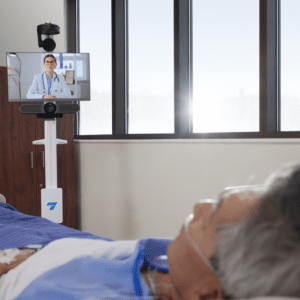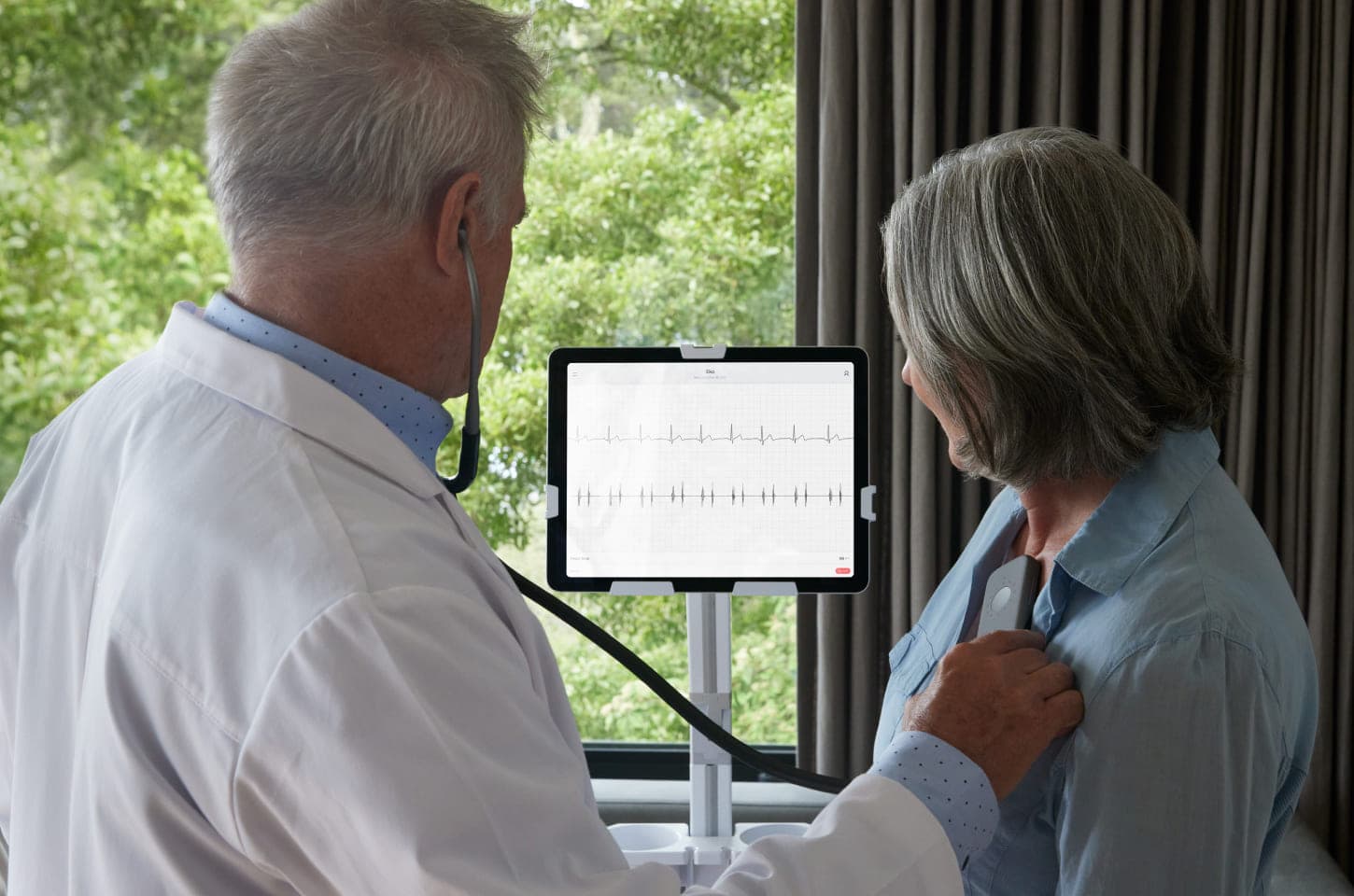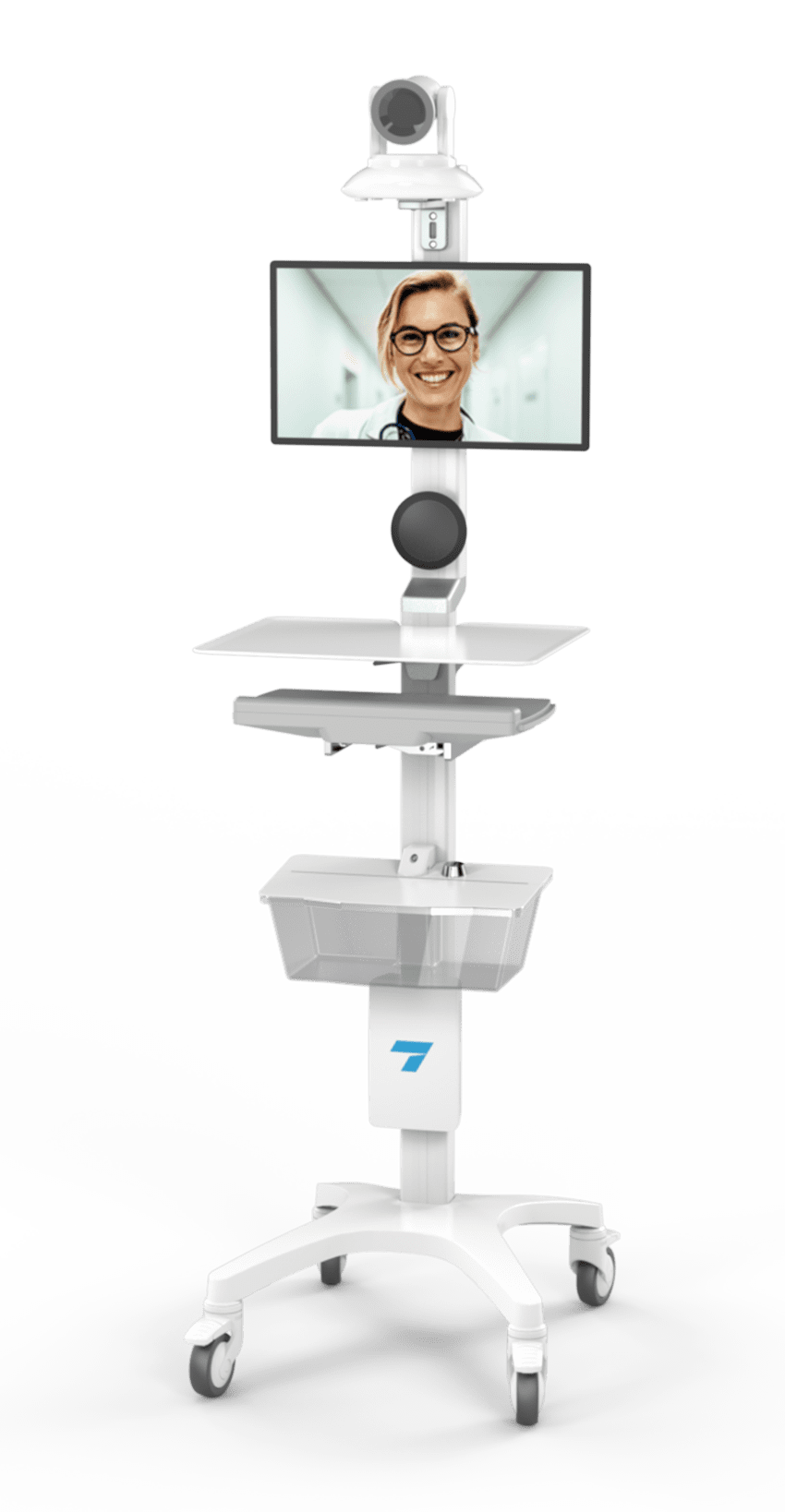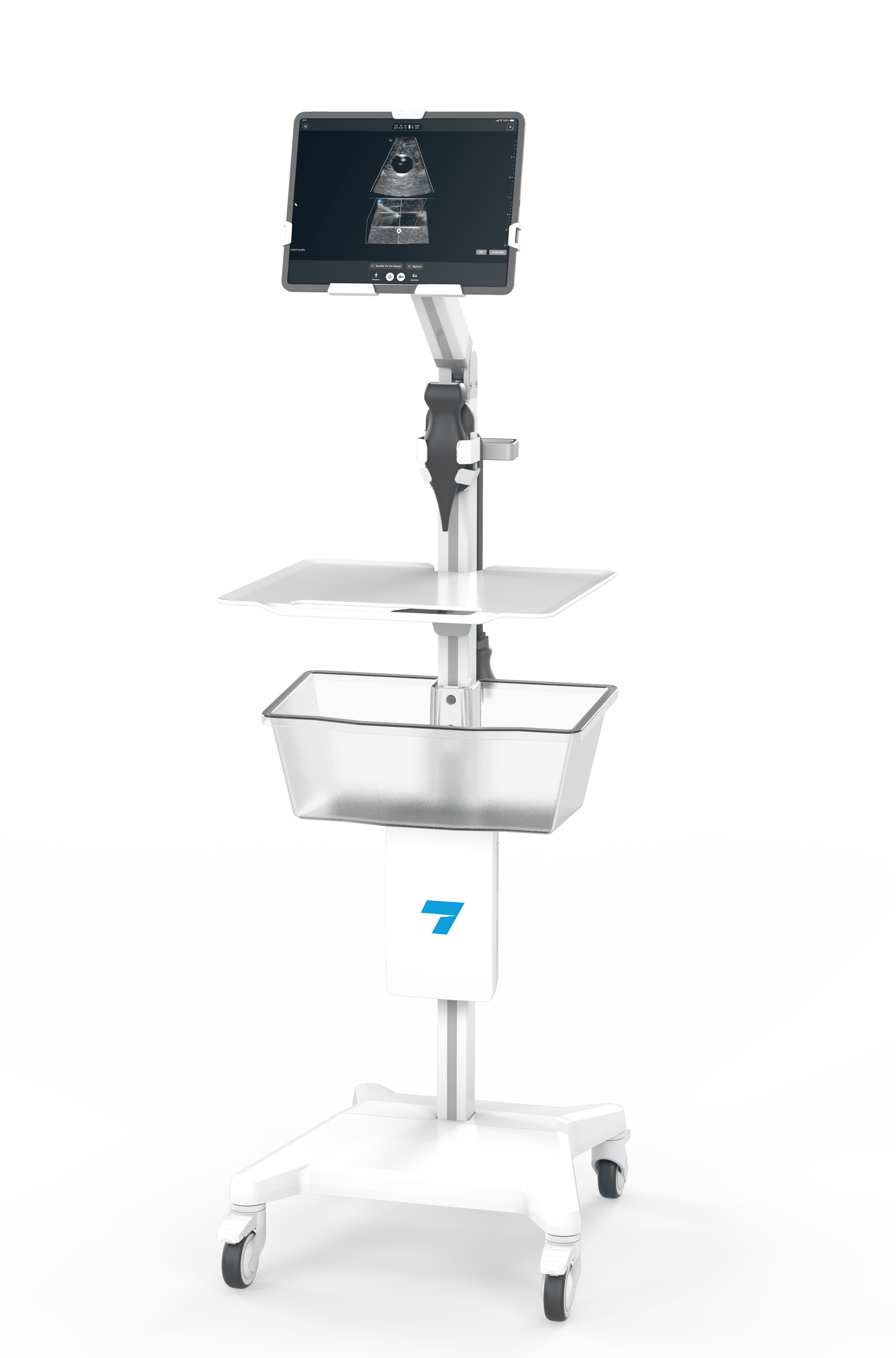
ealth systems and physicians nationwide have realized the value telehealth can have on their practice as the world recovers from the ravaging effects of the pandemic. Telehealth services have transformed healthcare organizations, expanding their reach and improving clinical metrics. They have also benefited patients by providing them access to high-quality care that increases their engagement and health outcomes. Telehealth carts have been an influential tool in this transition and revolutionized the telemedicine industry.
So why should you ensure you choose the right cart for your virtual care needs? We’ll answer that question in this article. We’ll also detail the seven types of medical carts so you’ll have the correct information to choose which is best for your practice.
Telehealth carts can be an invaluable addition to a virtual care program, but only if they are the right cart.

Using the wrong cart can have many adverse outcomes, while having the right cart provides substantial benefits to you and your practice, staff, and patients.
Hard-to-use or clumsy carts force healthcare providers to focus more on their technology than the patient. They may also be slow to find information to answer patient questions. This creates a barrier between the care team and the patient, decreasing patient engagement and satisfaction.
The right mobile medical cart helps you maintain strong provider-patient relationships. A reliable cart tailored to your practice eases patient hesitancy, especially when they are assured they will receive reliable, thorough, efficient care.
Your cart may cover one aspect of care but not address others, such as patient records or monitoring. Or it may not be reliable and constantly need troubleshooting. You and your staff will spend more time trying to fix issues or find alternatives than addressing your patients.
Trying to force the wrong cart to integrate into your systems can significantly reduce efficiency. You may be forced to use backup systems or re-introduce in-person visits. This can increase staff confusion, user error, and patient frustration.
The right cart can increase your productivity and efficiency. It will be reliable and handle all the processes you need to work at your best and provide the best care to your patients.
If your cart is not right, it will not achieve any of these outcomes. You may experience lost patient information, inefficient processes, loss of income, and a lack of access to other providers in crucial moments. So the right telehealth cart makes all the difference in the success of your virtual care program.
You should pay attention to several characteristics when choosing a mobile medical cart. Your telehealth cart should be:
Your medical cart should have dependable technology to maintain strong provider-patient relationships and enhance productivity. Your cart should have reliable fleet management and a fleet dashboard to help your IT teams manage and monitor system controls and address issues before they arise.
Integrating a telehealth program into your practice and training your staff to use it properly is already challenging. So make sure the cart’s technology is intuitive and easy to use. The easier it is to learn, the faster your clinical team can start using the carts for patient care.
All telehealth carts must have FDA registration. Even though this is a requirement, you should still look for FDA-certified carts and peripherals to mitigate liability concerns and reassure you and your patients.
Many medicine carts on the market are not built specifically for telemedicine. So make sure you use an OS that is designed and maintained for use in virtual care. Several other basic features indicate a cart is telehealth-specific, including:
Your cart needs a centralized support team that is easily accessible. So make sure your cart has a strong customer service team available for as long as you have your cart.
Knowing which type of healthcare cart you need is crucial to launching a successful virtual care program. There are many types of telehealth carts available on the market today. Each one addresses a specific need, and some may even address multiple needs.

Telemedicine carts are mobile telehealth platforms that are equipped with technology for two-way conferencing. They allow providers to connect with their patients anytime, even if they’re not in the same location.
These mobile carts feature everything you need to provide virtual patient care, including:

The wheels on the carts allow you to move between hospital floors and patient rooms easily. Once your visit is complete, telemedicine carts automatically transmit all data from the visit. Your staff can send this data to you, other providers, specialists, diagnostic teams, and even pharmacists to maintain a constant stream of care.
Electronic Health Record (EHR) carts provide the perfect solution for practices that are weighed down by inefficient EHR processes. These systems help you integrate your EHR into an efficient patient care model to streamline your workflow and increase patient satisfaction.
EHR carts feature an articulating arm that holds a tablet, vital signs monitors, and accessories for efficient recording. The systems allow providers to input information in real-time and verify their inputs with the patient to ensure it is true and correct. This dramatically reduces user error and enhances accuracy.
Remote monitoring involves the use of digital technologies to analyze, report, and monitor your patients’ health conditions remotely.
Remote monitoring carts include a coordinated system that collects and transmits collected patient data directly to you. Some systems even allow you to monitor multiple patients in different locations.
These mobile medical carts on wheels also have peripherals known as remote patient monitoring (RPM) devices. They are often Bluetooth-enabled and can collect vital health readings, such as:
The devices will send the reading directly to you as soon as it is collected, allowing you to review pertinent information on the tablet or monitor in real-time. You can even see and speak with your patients if you notice a reading that needs immediate attention.
Patient registration is vital for treatment, but it is often time-consuming and can interfere with the care of other patients. Patient registration carts streamline the check-in process, making collecting intake data more convenient and faster.
These mobile telehealth carts feature a mounted touchscreen or tablet that allows patients to input their information into your EHR system. This reduces the labor on your administrative staff, freeing them up for other important tasks.
You can wheel it between patients easily, no matter where they are, improving accessibility for all patients.
During virtual rounding, physicians mimic face-to-face interactions by visiting patients remotely during their rounds via videoconference.
They use various technologies, such as the Internet, tablets or phones with cameras, video software, and virtual rounding carts.
Virtual rounding carts allow you to perform your rounding duties safely and efficiently from anywhere. They can be rolled into patients’ rooms or moved around departments and hospital floors. This allows patients to see your body language and face as you discuss your findings and answer their questions.
Video Remote Interpreting (VRI) carts allow you to increase accessibility in your practice for your deaf or hard-of-hearing patients. These wheeled carts allow you to connect with a remote interpreter on demand via:

The interpreter will be able to see the patient and communicate your diagnosis and recommendations with them in American Sign Language (ASL). They will also be able to communicate with you in your preferred language so that you can address your patient’s questions and concerns.
Medical devices have advanced in recent years, with diagnostic tools such as ultrasound, stethoscopes, and endoscopes undergoing a digital makeover.
Medical device and tablet carts are designed to carry diagnostic tools on them, allowing you to transport and use them throughout your practice safely, cleanly, and discreetly. They also feature a narrow profile, a tablet that provides and records instantaneous readings, and storage for other necessary supplies.
Having the right cart will strengthen your relationship with your patients and increase your productivity, efficiency, and patient and metric outcomes. So make sure you choose the right type of cart that will handle all the aspects of care that you need. This will ensure it remains an asset and not a liability to your practice.
Are you unsure which telehealth cart would be the best for you? Tryten has the perfect telehealth solutions for you.
We provide durable, high-quality telehealth carts that cover every aspect of the healthcare journey, from virtual care to medical devices to patient experience. Visit our website today to learn how you can choose the right telehealth cart to enhance your practice and streamline your processes.